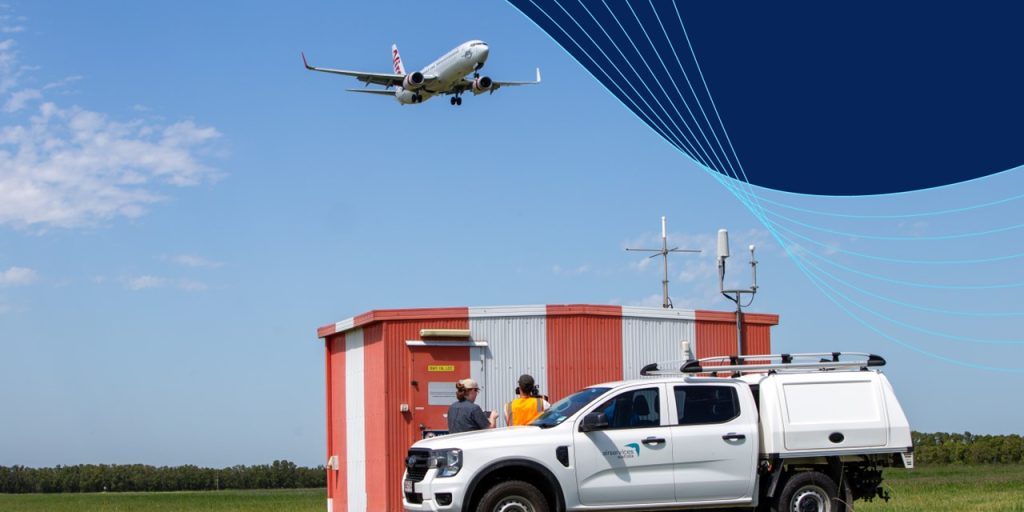Airservices Australia has released its Australian Aviation Network Overview report for July 2025.
- The Australian aviation sector has entered Financial Year 2025-2026 with strong momentum in international travel. In July, international passenger flights increased by 8 per cent compared to the same month last year. However, this is offset by a contraction in regional airline activities.
- Industry on-time performance remains above 2024 levels, although adverse weather conditions this winter have impacted this trend since June. In response, cross-industry collaboration is being strengthened to enhance network decision-making processes and improve resilience to disruptions.
- Following its successful launch at Brisbane in May, Airport Collaborative Decision Making (A-CDM) went live at Perth Airport on 18 July. Early results show an improvement in departure predictability and efficiency, with some days recording significant reductions in both peak delays and the number of flights affected by ground delays. These improvements are particularly valuable for capacity-constrained airports. Airservices continues to work closely with industry partners to monitor performance and unlock the full potential of A-CDM in driving operational benefits.
- Passenger flights during the July school holidays exceeded last year’s figures, reinforcing our sector’s steady return to growth. We maintained a strong focus on service resilience and capacity delivery, resulting in no ground delays attributable to Airservices at major airports during this period. Airspace service variations were limited to two sector groups, and all air traffic control towers have resumed their published hours of coverage. Strengthening workforce resilience remains a key priority to ensure consistent and reliable service delivery across the network.
- The age of aircraft averages 15 years on capital city routes, 19 years on capital city to non-capital routes and 24 years on non-capital routes. As Australian airlines renew their fleets, we are seeing newer, more efficient aircraft being deployed on busy domestic routes. However, the regional market relies heavily on ageing aircraft, highlighting challenges in fleet modernisation. It is noted that both the Qantas Group and Virgin Australia are expected to receive new aircraft in the second half of 2025.
About Airservices
Airservices Australia is a government-owned organisation responsible for safely and efficiently managing air traffic in 11 per cent of the world’s airspace, as well as the provision of aviation rescue fire fighting services at Australia’s busiest airports. We are regulated by the Civil Aviation Safety Authority and work closely with our customers and industry to support the long-term growth of the aviation industry.



